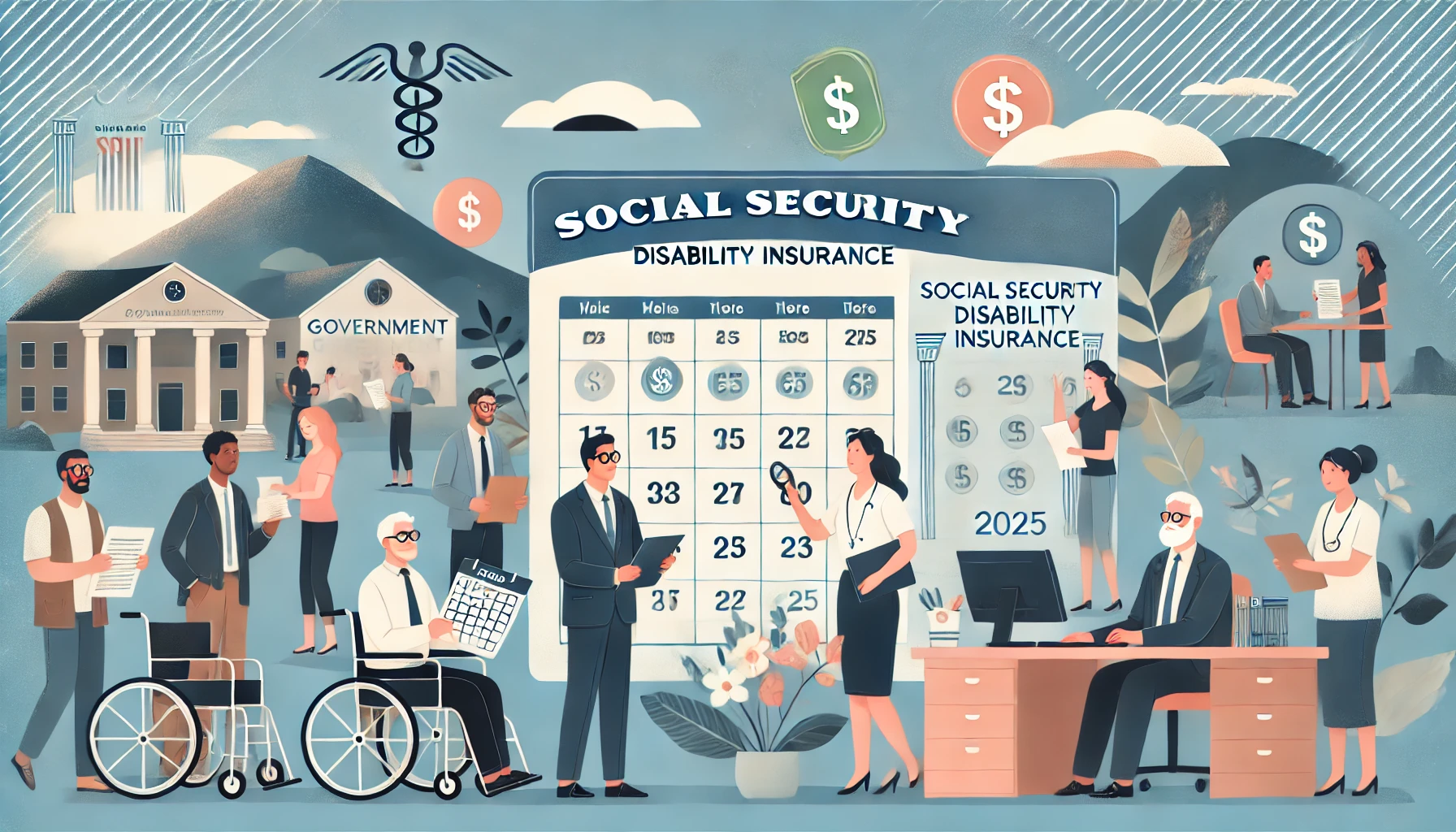Social Security Disability Insurance (SSDI) provides crucial financial support to millions of Americans, but in 2025, there are specific actions that could put your benefits at risk. Staying informed and compliant with program requirements is key to keeping your payments intact. Let’s break it down into simple terms.
Medical Improvement Can Lead to Termination
The Social Security Administration (SSA) reviews your medical condition periodically through what’s called a Continuing Disability Review (CDR). If they determine your condition has improved to the point where you can work, your benefits could be stopped. Always inform the SSA if your condition changes to avoid surprises.
Working Too Much Could Stop Your Benefits
Thinking about getting back to work? In 2025, if you earn more than $1,620 per month (or $2,700 if you’re blind), your SSDI benefits may stop. The SSA offers a Trial Work Period (TWP) where you can work without losing benefits for nine months, but exceeding these limits afterward could lead to termination. Be mindful of how much you’re earning!
Jail or Prison Time
Did you know SSDI payments are suspended if you’re incarcerated for over 30 days after a conviction? While benefits can resume after your release, you’ll need to notify the SSA to get them reinstated.
Failure to Comply with SSA Requests
Ignoring requests for medical exams or not following prescribed treatments can also result in losing your benefits. Make sure to cooperate with the SSA and attend all required appointments.
Overpayments Can Create Big Problems
Not reporting changes in your income, medical status, or living situation can lead to overpayments. The SSA will require repayment, which could leave you in financial trouble and even pause your benefits until resolved.
What Happens When You Reach Retirement Age?
Once you hit your full retirement age, your SSDI benefits will automatically convert to retirement benefits. While this transition doesn’t usually affect the amount, it’s good to be prepared.
How to Protect Your SSDI Benefits
Staying proactive is the best way to ensure your payments continue. Regularly review your earnings, report changes promptly, and stay compliant with SSA requests. If you’re unsure about a situation, contact the SSA for guidance.




